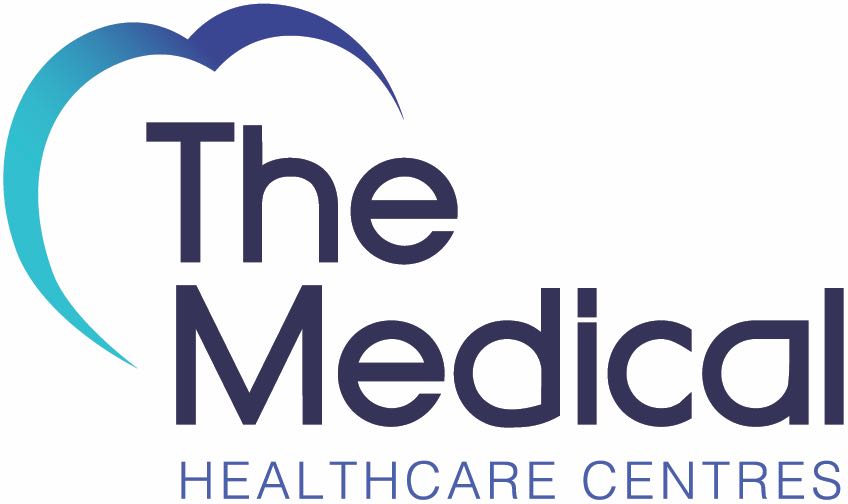My love for the Pilates method began as soon as I started practising on the mat. Now, after two years of teaching and witnessing some incredible results, I am even more passionate about it.
We often hear about the benefits of Pilates – how it can increase core strength, improve posture and aid flexibility. Celebrities and athletes swear by it, for example Russell Brand, Madonna, Venus Williams and Andy Murray, to name a few. When Joseph Pilates founded his studio, around a century ago, some of the first Pilates clients were ballet dancers looking to improve their posture and control. These principles of motor control have also been used to rehabilitate people with lower back pain and other musculoskeletal injuries. In my experience, Pilates has proven very effective at reducing pain and promoting function.
But why is this Pilates method so effective and what does the evidence say?
- Lumbopelvic pain: Back pain is associated with weakness and dysfunction of the deeper abdominal muscles. Pilates aims to increase the strength and control of these muscles whilst lengthening the back muscles. This can reduce compression on the joints of the spine and adjust the tilt of the pelvis. Once you have mastered the basics of core activation, you can apply this to more functional movements, which will reduce the load on your joints day to day.
- Neck pain: Spinal stabilisation exercises have a positive effect on neck pain. Neck pain is associated with inefficiency of the deep neck flexors at the front of the neck, which leads to increased use of the bigger muscles at the neck and shoulder. The deep stabilising muscles are often susceptible to fatigue if they are weak, especially whilst driving or sitting at a computer, which in turn can lead to neck pain. Deep neck flexor training in Pilates is helpful in managing and preventing these symptoms from occurring.
- Injury prevention and rehabilitation: Pilates starts in positions where clients have a wide base of support, for example in lying. This can then be progressed to more functional positions once strength and control increase. Increased core strength can aid more efficient movement patterns as well as promote balance and muscle symmetry, and improve posture and body awareness, which are the fundamentals of injury prevention and rehabilitation.
- Other joint pain: The principles of Pilates and stability can be applied to other joints, for example knee and shoulder pain. This works by isolating smaller stabilising muscles, stretching and offloading overactive muscles, and promoting muscle symmetry and normal movement patterns at the joints.
- Toning and fitness: Each exercise targets deep postural muscles and awakens little-used muscles of the abdomen, pelvis and trunk. As your activation and awareness of these muscles improve, you will be able to recruit these muscles more readily day to day, leading to enhanced muscle tone.
- Relaxation: Pilates enhances mindfulness and sensory awareness. It helps to switch off your bigger global muscles, which are prone to becoming tense throughout the day. Deep thoracic breathing stimulates and energises your mind by supplying fresh oxygen to the brain.
The benefits of Pilates have been researched extensively and have yielded some very positive results. I have listed a few of these studies further below.
Pilates training and teaching
However, it is easy to perform the exercises incorrectly, which is why it is important to have an attentive, knowledgeable teacher to ensure correct form. I completed my training with the Australian Physiotherapy and Pilates Institute (APPI), world leading provider of Pilates treatment and education, with a significant focus on rehabilitation based programmes.
Pilates classes are for anyone at any level. Clients range from athletes, patients recovering from injury or operation to those wanting to avoid injury, become fitter and increase core muscle tone. It's a fun and relaxing way to start or end the day and it will leave you with a healthy mind and body connection.
Articles:
Curnow D., Cobbin D., et al (2009) Altered motor control, posture and Pilates method of exercise prescription. Journal of Body Work and Movement Therapies, 13: 104-111.
Wells C., et al (2012) Defining Pilates exercise: A systematic review. Complementary Therapies in Medicine, 20: 253-262.
Wells C., et al (2014) The Effectiveness of Pilates Exercise in People with Chronic Low Back Pain: A Systematic Review. BMC Medical Research Methodology, 13: 7
Bergamin M., et al (2015) Effects of a Pilates exercise program on muscle strength, postural control and body composition: results from a pilot study in a group of post-menopausal women. Age, 37 (6): 118.

